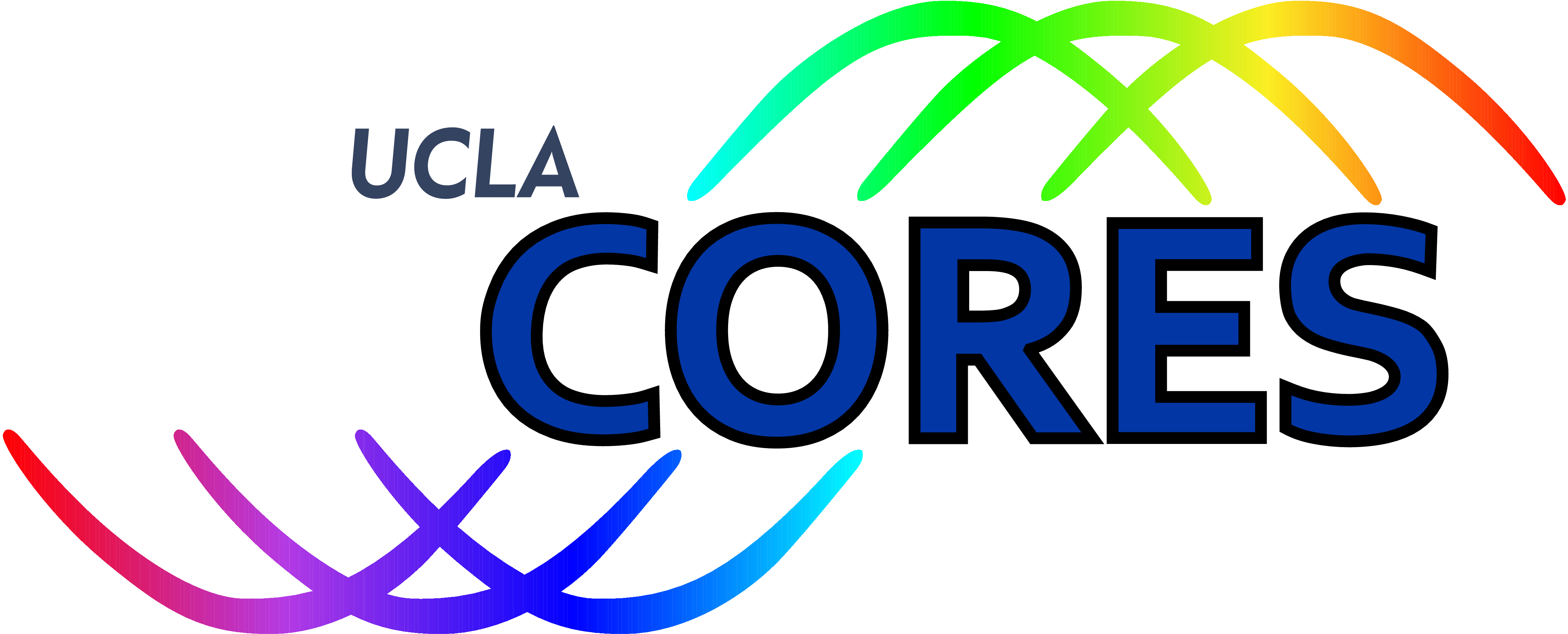
Cognitive Reconfigurable Embedded Systems Lab

Machine Learning for Blind Signal Identification
The widespread deployment of wireless devices poses new challenges in spectrum management. Many types of wireless devices emit signals in the wireless spectrum; Some of these devices send communication signals which might follow one of the many existing standards like WiFi, Zigebee, Bluetooth, LoRaWan. Other devices transmit radar signals which can be continuous wave signals or pulsed signals. Low cost software defined radios can also add any user designed signals to the spectrum. The first step in spectrum management is to identify the types of the existing signals. In addition to the large number of possible waveforms, the distortions added to the signal by the channel and the radio hardware makes it difficult to manually design features to identify the signals. This drives the need for machine learning approaches to address it. However, the large amounts of data obtained from the spectrum and the fact the signals in the spectrum can be superimposed creates new challenges unique to wireless communication. In this study our objectives are as follows:
1) Develop datasets consisting of simulated signals and captured RF data. These datasets contain different types of signals including radar and communications, under different signal to noise ratios. These datasets will serve for training and evaluating our machine learning approaches.
2) Develop novel neural network architectures combining domain knowledge of the problem at hand to improve identification accuracy and reduce the computational complexity.
Staff
- Primary Investigators: Danijela Čabrić
- Students: Samer Hanna and Isha Gonugunta